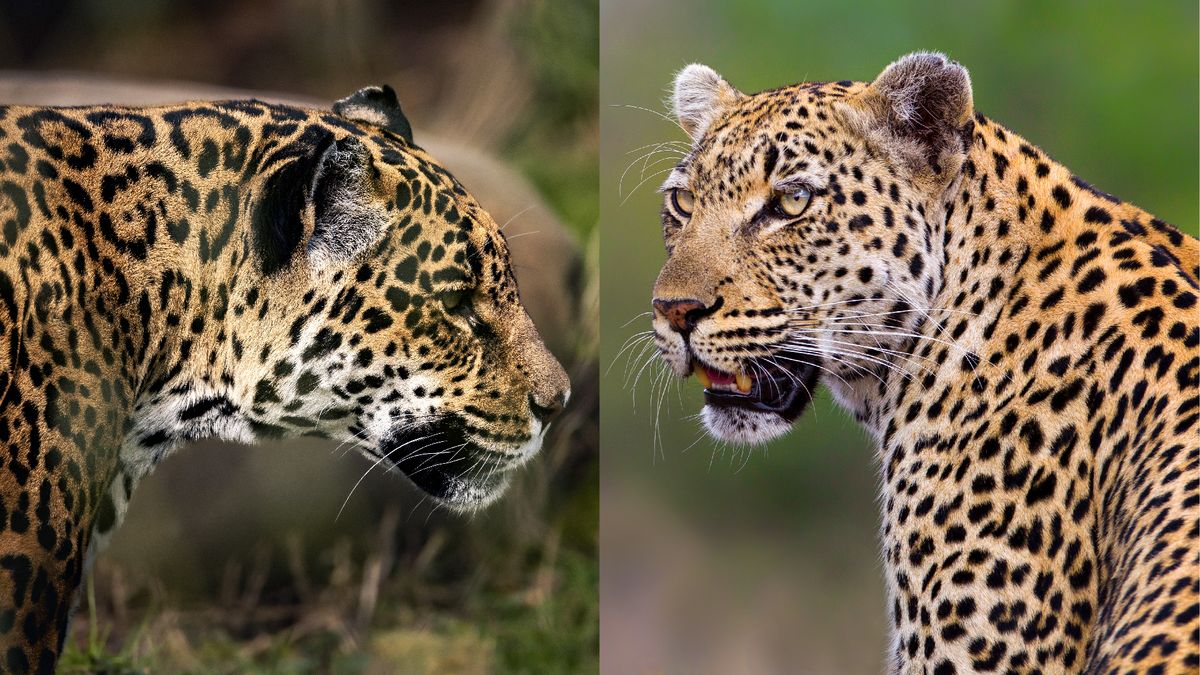Now Reading: Leopard vs. Jaguar: Key Differences Explained
-
01
Leopard vs. Jaguar: Key Differences Explained
Leopard vs. Jaguar: Key Differences Explained

Speedy summary
- Jaguars and leopards are both large predatory cats within the Panthera genus, which also includes lions, tigers, and snow leopards.
- Jaguars inhabit the Americas, while leopards are found across Africa, parts of the Middle East, and Asia.
- both animals evolved separately millions of years ago: jaguars split from a common ancestor shared with leopards and lions about 3.6-2.5 million years ago; leopards diverged from lions around 2 million years ago.
- Key physical distinctions between jaguars and leopards include differing rosette patterns (jaguars have larger rosettes often marked by central spots), frame sizes (jaguars weigh up to 260 pounds vs. leopardS maximum of 176 pounds), tail length (leopard tails tend to be longer for arboreal balance), and hunting styles (jaguars use powerful jaws capable of crushing skulls; leopards suffocate prey via throat bites).
- Both species rely on camouflage provided by spotted coats for ambush hunting in shaded forest environments-a likely case of convergent evolution.
- Melanistic “black panther” variants exist in both species due to genetic mutations but are rarer than spotted forms.
- Conservation concerns include population declines caused by habitat loss, poaching, shrinking prey base, and illegal wildlife trade.
Indian Opinion Analysis
The comparative study between jaguars and leopards highlights notable biodiversity spread across continents-Africa/Asia hosting one apex predator while another thrives in the Americas. for India specifically, as home to leopard populations alongside other ancient big cat relatives like tigers and lions (Panthera leo persica), understanding evolutionary divergences enriches conservation narratives for local biodiversity efforts.
Leopard subspecies in India embody ecological resilience but remain threatened by shrinking habitats overlapping human landscapes-a concern echoed globally for such predators’ survival amidst anthropogenic pressures articulated throughout this report on decline rates elsewhere to thus similarly humane policies preserving crucial Safe-Zonal-nexus assists marginal coexistence example-tactics resilient within zones already existing buffer-preferred.
Read More
























